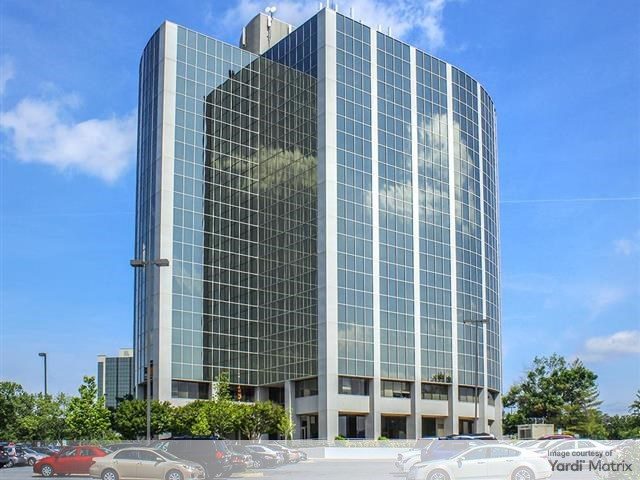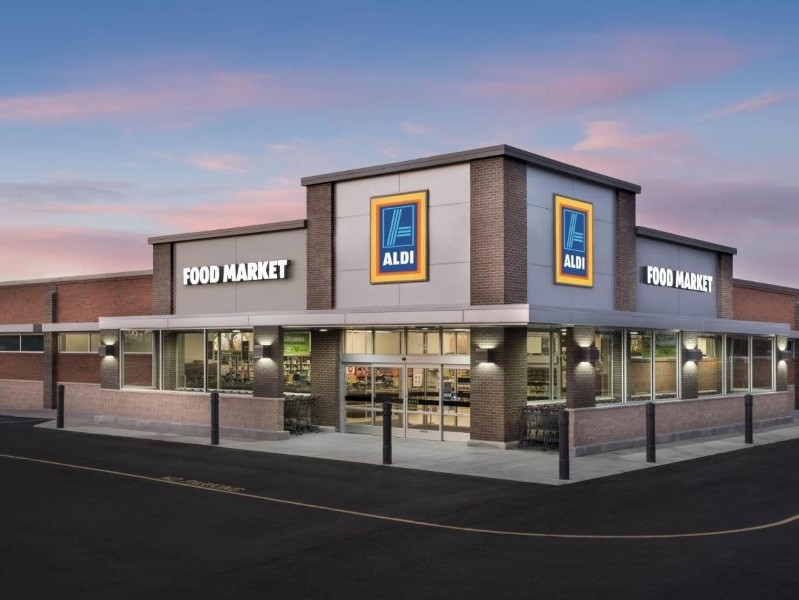4 Strategies for Rethinking Urban Retail Space
Jeff Needs of Moss Adams on how property owners can increase occupany at one of the hardest spaces to fill.
The retail property landscape transformed significantly during the COVID-19 pandemic, and it’ll likely take time for tenants, landlords, and cities to adjust to the new normal. However, one pre-pandemic issue persists: Urban property owners and developers are grappling with the oversupply of ground-floor retail.
Amid the evolving landscape, several strategies, both new and tried-and-true, offer real estate firms the tools to re-think their ground-floor retail approach and not just rely on the status quo.
Industry Outlook
The abundance of retail property accelerated as lockdowns eased, with high turnover and an industry struggling to attract their client base back to brick-and-mortar locations.
Cities, long relying on retail sales as a key source of tax revenue, tend to assume all ground floors in dense neighborhoods can or should be retail.
Some developers exacerbate the problem by relying on the rinse-repeat tradition of hiring a broker and waiting. More property owners and consultants, however, are embracing the need for change, the breakage of old norms, and testing new strategies, uses and looks.
Ground-Floor Retail Challenges
Ground-floor retail is one of the most challenging product types in commercial real estate, and owner-developers that take status-quo approaches may see spaces empty for too long.
As office and multifamily firms develop urban mid-to-high-rise buildings, the ground-floor shop space is sometimes treated as an afterthought to the 100,000 square feet of corporate space or housing they need to fill.
But prospective office and residential tenants don’t like dark storefronts or inactivity in a building they might occupy. This places heavy reliance on ground-floor storefronts’ customer traffic and brand signage or programming to enliven the property’s “first impression”—and help fill the rentable square footage upstairs.
With these challenges, developers that break their own mold, challenge standard approaches and create innovative solutions may be more likely to find success.
Finding New Approaches to the Ground-Floor Challenge
Urban commercial real estate owners and developers have capitalized on new approaches and expanded on proven strategies to fight the ground-floor property struggle. Some key tips and tactics follow.
1. Pre-fit Retail as Move-In-Ready for Shops and Cafes
Retailers and restaurant businesses decimated by the pandemic are now resurging—in pockets.
Landlords who position their properties as first-tier, move-in-ready choices are leasing faster than shell spaces requiring lengthy build-outs or more permitting than strictly necessary.
2. Curate, Instead of Simply Leasing
Few retail spaces should be viewed merely as the one or handful of shops that need to be leased. They should be treated as part of the commercial and retail neighborhood, whether a dense urban location or a more dispersed environment.
Landlords should work closely with their leasing advisors to develop a plan to curate appropriate retail or restaurant fits that can thrive in the local ecosystem.
For example, an urban ground-floor location should be looked at for the context of the street experience and nearby shops, with ideal target customers and competitors, similar to the curation in shopping centers and mixed-use developments.
3. Enliven the Ground-Floor, Lobby, or Exterior Brand
Experienced developers know the ground-floor is the first impression for the building’s office, housing, or hotel customers on upper floors.
Developers should address these key questions:
- Are the lower-level shops or cafes appropriate to the overall project’s positioning?
- Do they create a welcoming, thriving energy that signals an engaging property?
- Are the architecture, interior design, signage and other elements complementary to the building’s overall leasing strategy?
4. Innovate New Uses, Not Just New Tenants
As the pandemic evolves, many landlords are seeing new and innovative businesses seeking space. These are often the most exciting potential tenants because consumers are enthusiastically returning to brick-and-mortar shopping. Following careful research and due diligence, property owners can capitalize on new concepts that draw buyers and visitors, benefiting the entire project.
Owners, operators and real estate advisers who want to solve their ground-floor challenges are reassessing the standard approach to leasing to break the mold and strategically fill their retail.
Jeff Needs is director, real estate advisory, for Moss Adams.








You must be logged in to post a comment.